The Thang Long Imperial Citadel Archaeological Site (Ba Dinh, Hanoi ) is currently preserving hundreds of valuable artifacts, relics, and relics from many dynasties and historical periods of our country.
According to the information board, before opening to visitors, this was the place where the Vietnam Institute of Archaeology conducted the largest archaeological excavation in Vietnam's history in 2002. From October 2, 2010, the Thang Long Imperial Citadel archaeological site officially came into operation with a total area of 45,532m2.
Many artifacts appeared from the Dai La period (7th-9th century), Dinh - Tien Le period (10th century),... to the Le Trung Hung period (1593-1789) and Nguyen period (1802-1945).
Right at the entrance is an outdoor exhibition area of bricks, tiles, etc. from many different periods.
Tran Dynasty Well, 13th - 14th century: The well is 2.4m deep, built with bricks using the "fish bone" brick-laying technique. During excavation, archaeologists found many ceramics and architectural materials from the Tran Dynasty in the well. This is a brick well with a unique construction technique, the only one of its kind in the archaeological site at 18 Hoang Dieu.
The stone base of the column, which is over 1000 years old, is still intact.
Ly Dynasty sewers of the 11th - 12th centuries: In addition to the traces of large architectural works of the Ly Dynasty discovered, many sewer and drainage systems were also found in the relic site. These sewers were built with bricks and stones in an elaborate and scientific manner. This system includes: large sewers located underground, small sewers running parallel to the works or on both sides of the road, sewers with or without covers... This sewer system shows the synchronization in the planning and construction of the ancient Thang Long Imperial Palace.
Remains of a lake from the Tran Dynasty, 13th-14th century.
Source: https://laodong.vn/photo/can-canh-bau-vat-ngan-nam-tuoi-tai-khu-khao-co-hoang-thanh-thang-long-1189286.ldo



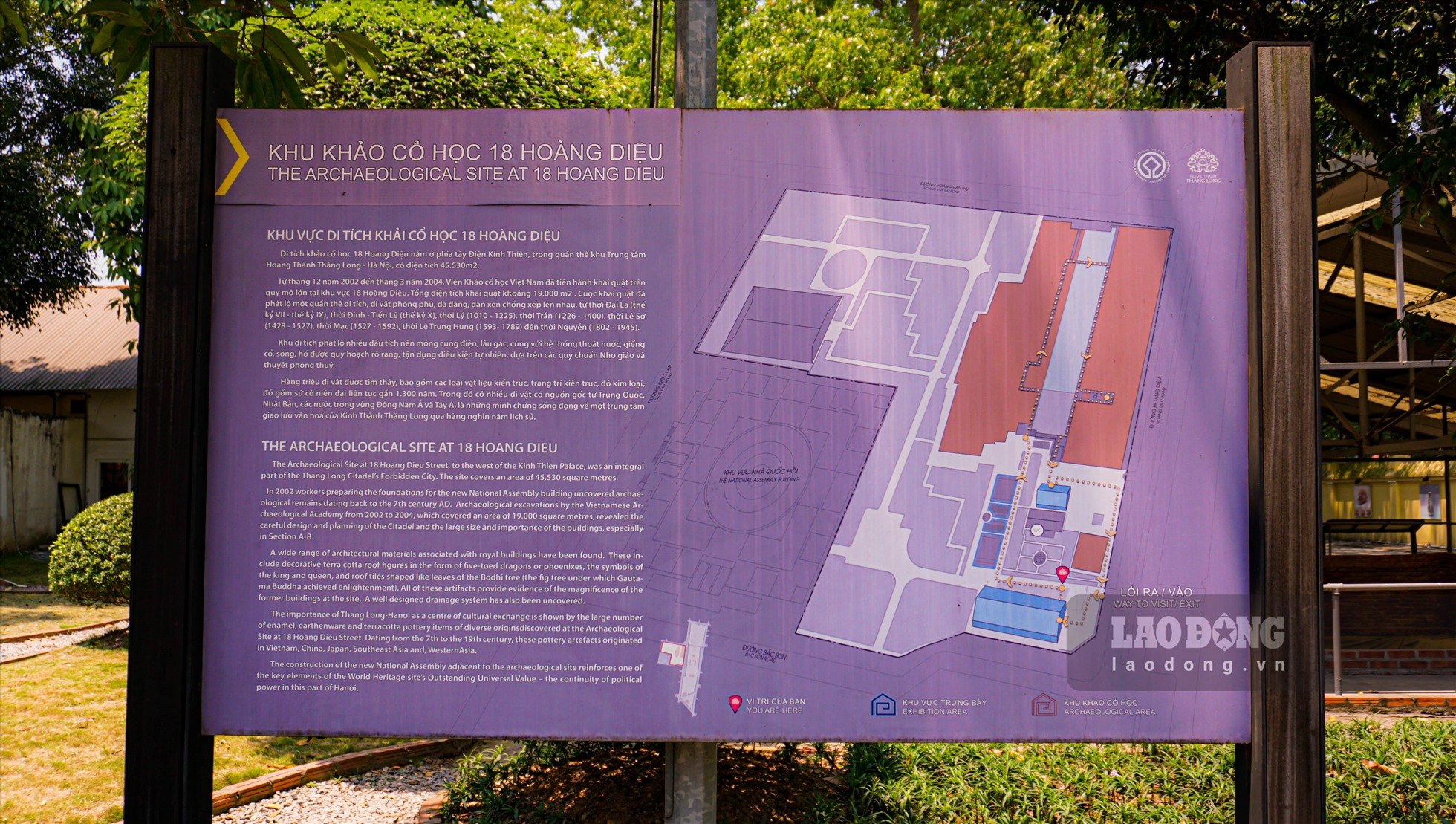
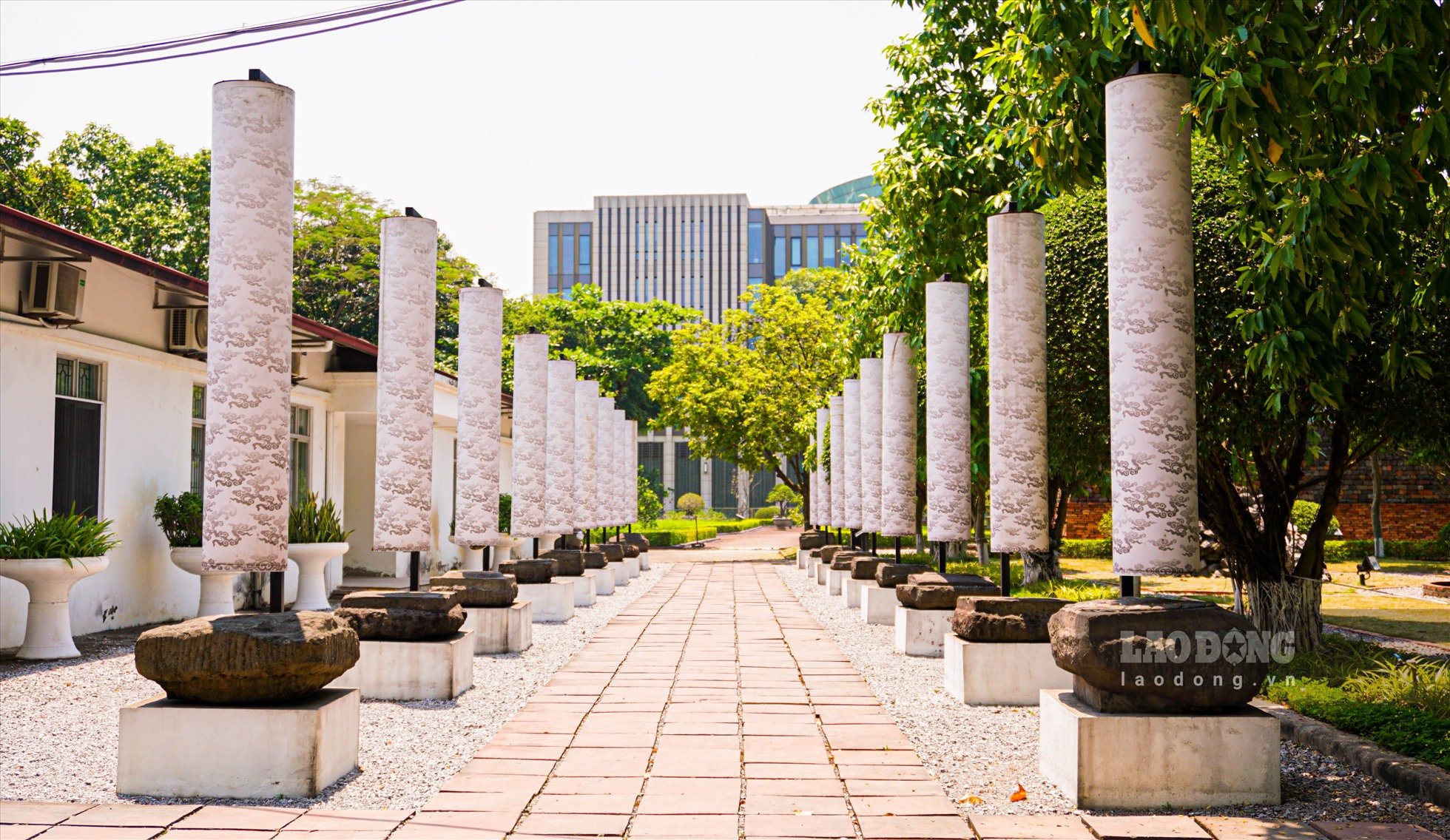
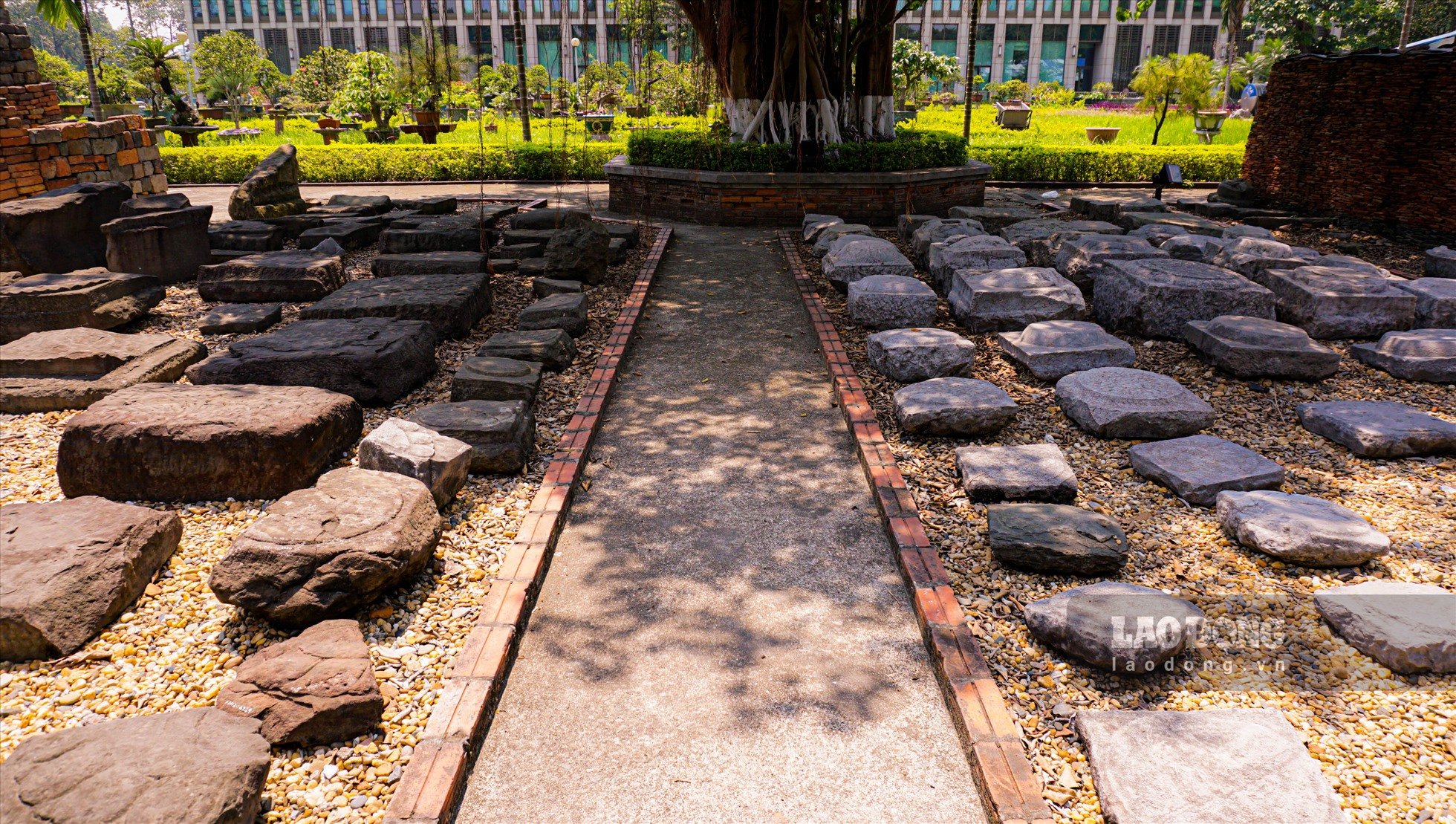
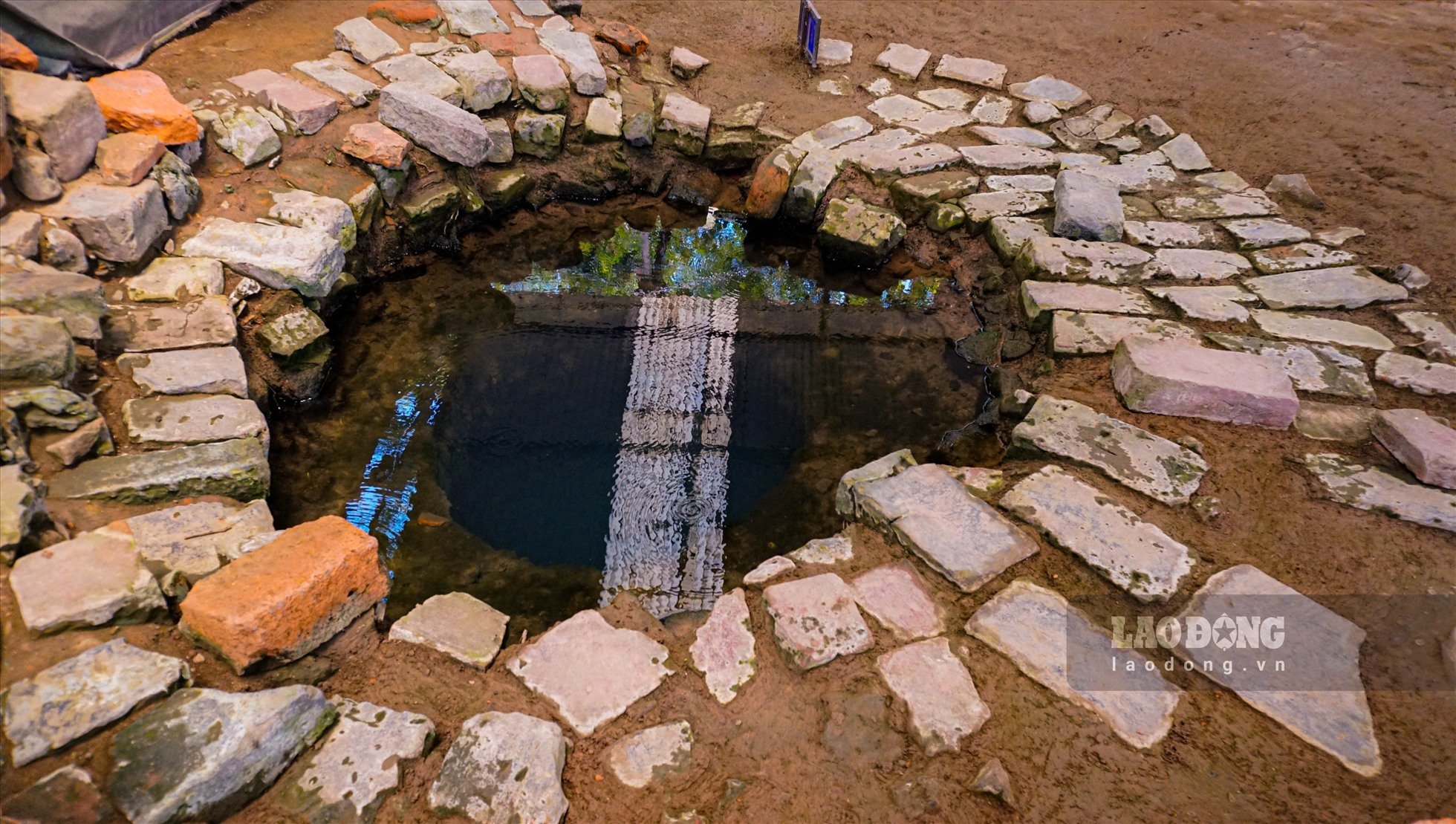
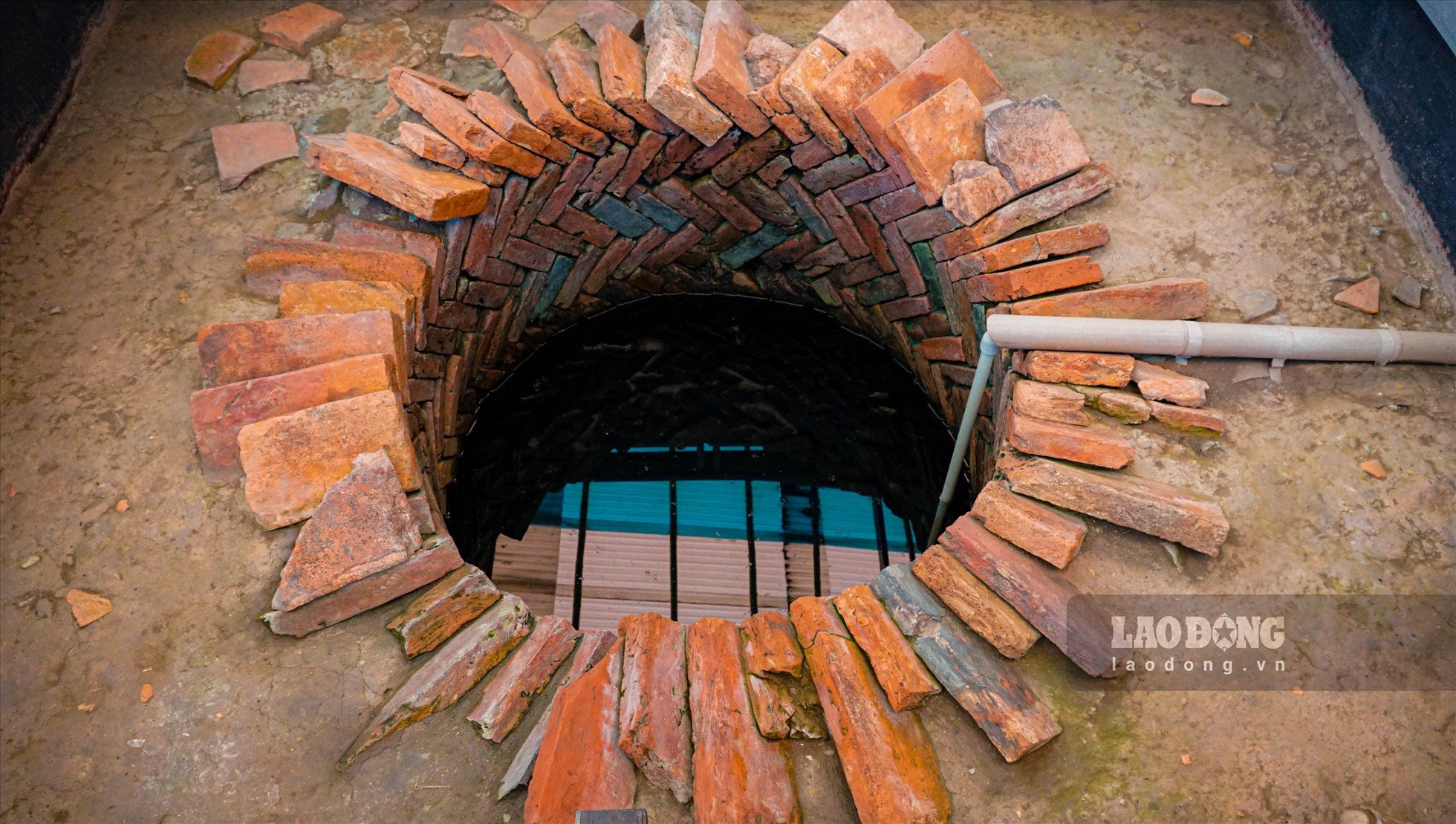
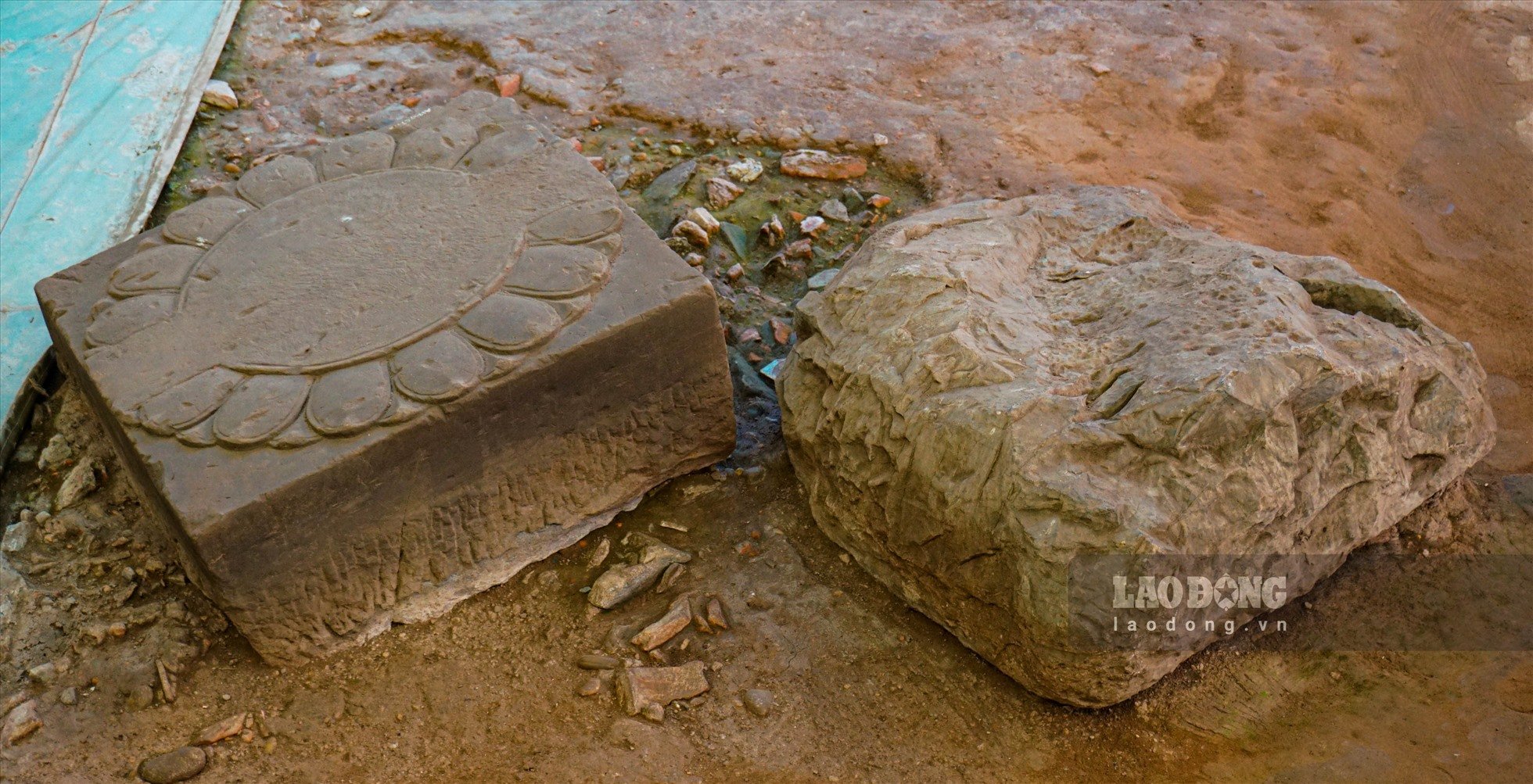

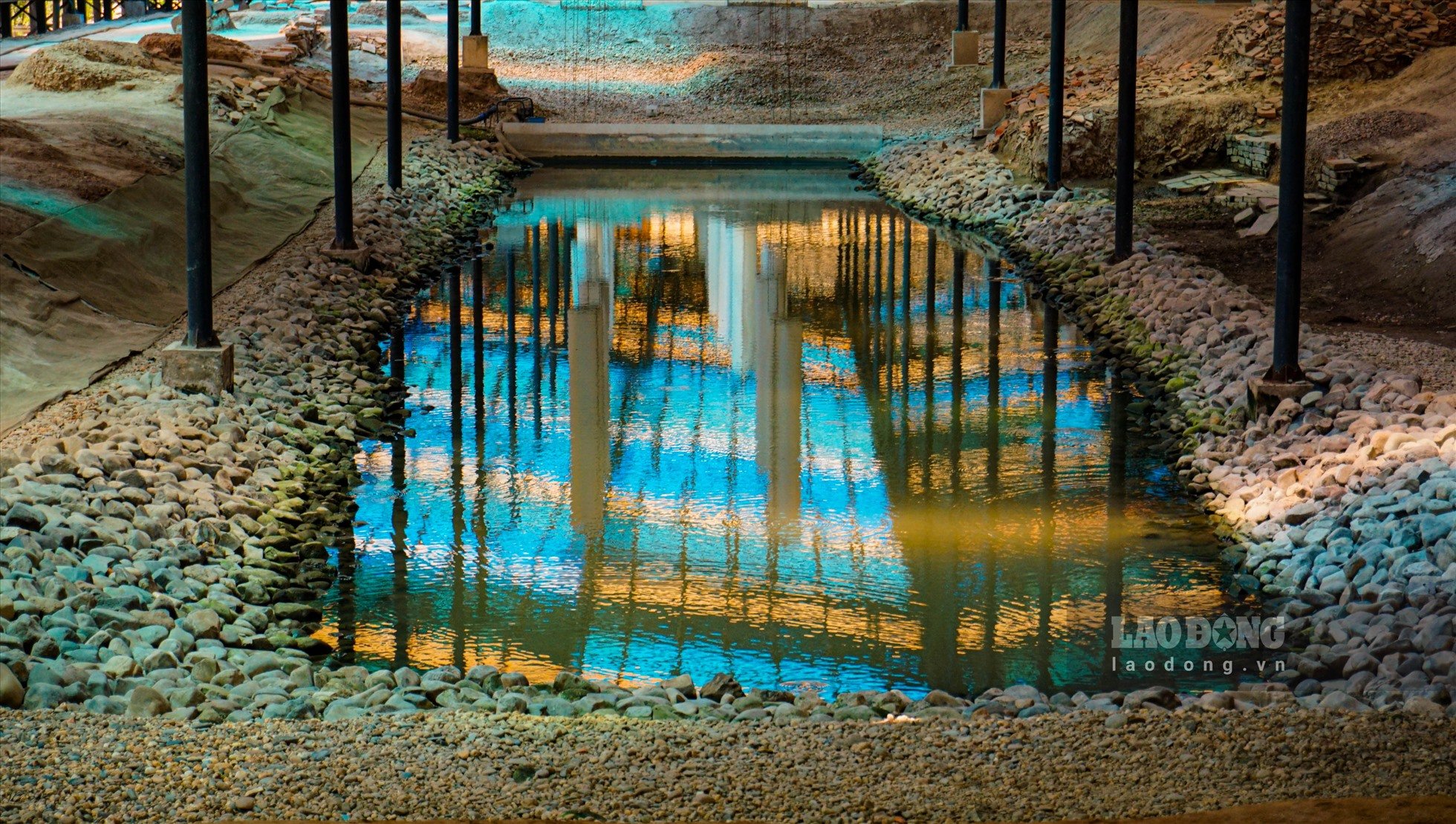


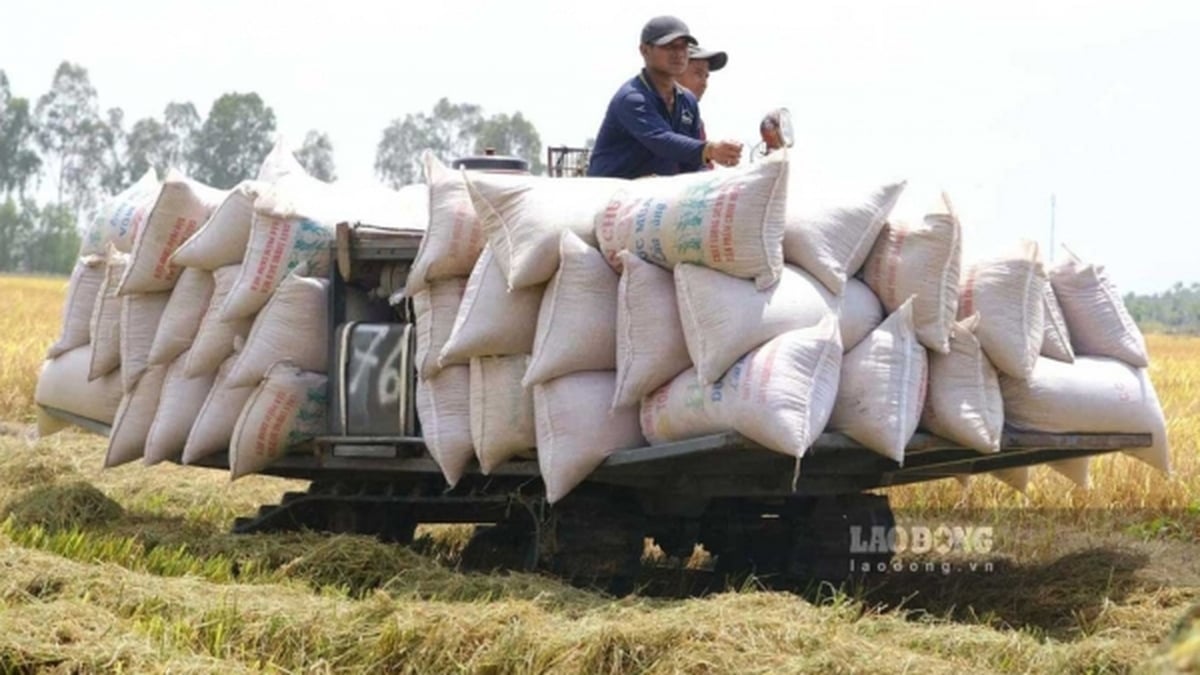























![[Photo] Nghe An: Provincial Road 543D seriously eroded due to floods](https://vphoto.vietnam.vn/thumb/1200x675/vietnam/resource/IMAGE/2025/8/5/5759d3837c26428799f6d929fa274493)







































































Comment (0)